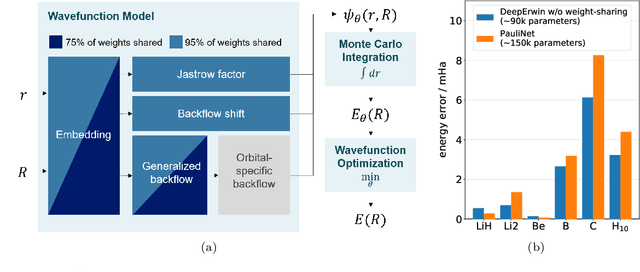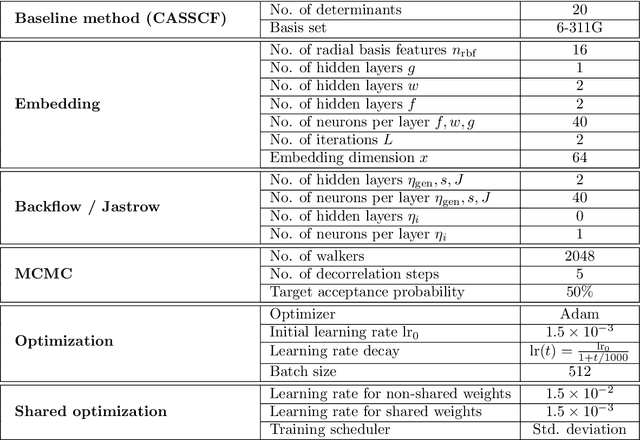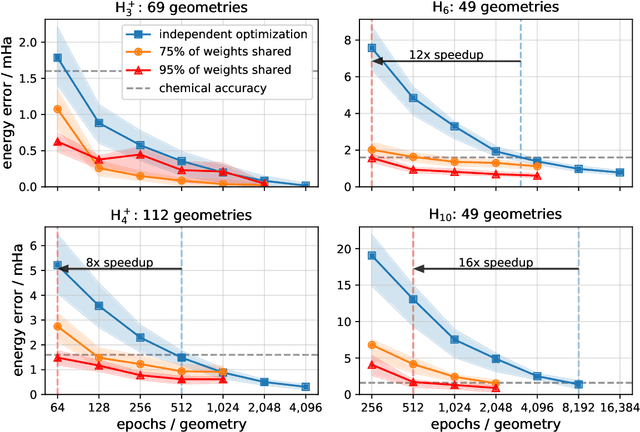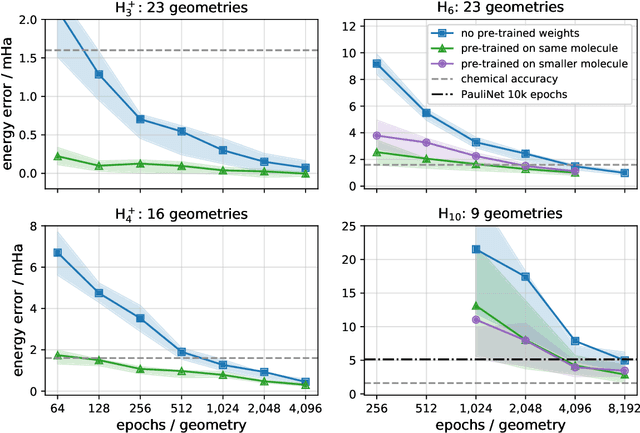Rafael Reisenhofer
HARNet: A Convolutional Neural Network for Realized Volatility Forecasting
May 16, 2022



Abstract:Despite the impressive success of deep neural networks in many application areas, neural network models have so far not been widely adopted in the context of volatility forecasting. In this work, we aim to bridge the conceptual gap between established time series approaches, such as the Heterogeneous Autoregressive (HAR) model, and state-of-the-art deep neural network models. The newly introduced HARNet is based on a hierarchy of dilated convolutional layers, which facilitates an exponential growth of the receptive field of the model in the number of model parameters. HARNets allow for an explicit initialization scheme such that before optimization, a HARNet yields identical predictions as the respective baseline HAR model. Particularly when considering the QLIKE error as a loss function, we find that this approach significantly stabilizes the optimization of HARNets. We evaluate the performance of HARNets with respect to three different stock market indexes. Based on this evaluation, we formulate clear guidelines for the optimization of HARNets and show that HARNets can substantially improve upon the forecasting accuracy of their respective HAR baseline models. In a qualitative analysis of the filter weights learnt by a HARNet, we report clear patterns regarding the predictive power of past information. Among information from the previous week, yesterday and the day before, yesterday's volatility makes by far the most contribution to today's realized volatility forecast. Moroever, within the previous month, the importance of single weeks diminishes almost linearly when moving further into the past.
Solving the electronic Schrödinger equation for multiple nuclear geometries with weight-sharing deep neural networks
May 18, 2021



Abstract:Accurate numerical solutions for the Schr\"odinger equation are of utmost importance in quantum chemistry. However, the computational cost of current high-accuracy methods scales poorly with the number of interacting particles. Combining Monte Carlo methods with unsupervised training of neural networks has recently been proposed as a promising approach to overcome the curse of dimensionality in this setting and to obtain accurate wavefunctions for individual molecules at a moderately scaling computational cost. These methods currently do not exploit the regularity exhibited by wavefunctions with respect to their molecular geometries. Inspired by recent successful applications of deep transfer learning in machine translation and computer vision tasks, we attempt to leverage this regularity by introducing a weight-sharing constraint when optimizing neural network-based models for different molecular geometries. That is, we restrict the optimization process such that up to 95 percent of weights in a neural network model are in fact equal across varying molecular geometries. We find that this technique can accelerate optimization when considering sets of nuclear geometries of the same molecule by an order of magnitude and that it opens a promising route towards pre-trained neural network wavefunctions that yield high accuracy even across different molecules.
Edge, Ridge, and Blob Detection with Symmetric Molecules
Jan 28, 2019



Abstract:We present a novel approach to the detection and characterization of edges, ridges, and blobs in two-dimensional images which exploits the symmetry properties of directionally sensitive analyzing functions in multiscale systems that are constructed in the framework of alpha-molecules. The proposed feature detectors are inspired by the notion of phase congruency, stable in the presence of noise, and by definition invariant to changes in contrast. We also show how the behavior of coefficients corresponding to differently scaled and oriented analyzing functions can be used to obtain a comprehensive characterization of the geometry of features in terms of local tangent directions, widths, and heights. The accuracy and robustness of the proposed measures are validated and compared to various state-of-the-art algorithms in extensive numerical experiments in which we consider sets of clean and distorted synthetic images that are associated with reliable ground truths. To further demonstrate the applicability, we show how the proposed ridge measure can be used to detect and characterize blood vessels in digital retinal images and how the proposed blob measure can be applied to automatically count the number of cell colonies in a Petri dish.
The Oracle of DLphi
Jan 27, 2019Abstract:We present a novel technique based on deep learning and set theory which yields exceptional classification and prediction results. Having access to a sufficiently large amount of labelled training data, our methodology is capable of predicting the labels of the test data almost always even if the training data is entirely unrelated to the test data. In other words, we prove in a specific setting that as long as one has access to enough data points, the quality of the data is irrelevant.
Blind Image Fusion for Hyperspectral Imaging with the Directional Total Variation
Apr 09, 2018



Abstract:Hyperspectral imaging is a cutting-edge type of remote sensing used for mapping vegetation properties, rock minerals and other materials. A major drawback of hyperspectral imaging devices is their intrinsic low spatial resolution. In this paper, we propose a method for increasing the spatial resolution of a hyperspectral image by fusing it with an image of higher spatial resolution that was obtained with a different imaging modality. This is accomplished by solving a variational problem in which the regularization functional is the directional total variation. To accommodate for possible mis-registrations between the two images, we consider a non-convex blind super-resolution problem where both a fused image and the corresponding convolution kernel are estimated. Using this approach, our model can realign the given images if needed. Our experimental results indicate that the non-convexity is negligible in practice and that reliable solutions can be computed using a variety of different optimization algorithms. Numerical results on real remote sensing data from plant sciences and urban monitoring show the potential of the proposed method and suggests that it is robust with respect to the regularization parameters, mis-registration and the shape of the kernel.
A Haar Wavelet-Based Perceptual Similarity Index for Image Quality Assessment
Nov 06, 2017



Abstract:In most practical situations, the compression or transmission of images and videos creates distortions that will eventually be perceived by a human observer. Vice versa, image and video restoration techniques, such as inpainting or denoising, aim to enhance the quality of experience of human viewers. Correctly assessing the similarity between an image and an undistorted reference image as subjectively experienced by a human viewer can thus lead to significant improvements in any transmission, compression, or restoration system. This paper introduces the Haar wavelet-based perceptual similarity index (HaarPSI), a novel and computationally inexpensive similarity measure for full reference image quality assessment. The HaarPSI utilizes the coefficients obtained from a Haar wavelet decomposition to assess local similarities between two images, as well as the relative importance of image areas. The consistency of the HaarPSI with the human quality of experience was validated on four large benchmark databases containing thousands of differently distorted images. On these databases, the HaarPSI achieves higher correlations with human opinion scores than state-of-the-art full reference similarity measures like the structural similarity index (SSIM), the feature similarity index (FSIM), and the visual saliency-based index (VSI). Along with the simple computational structure and the short execution time, these experimental results suggest a high applicability of the HaarPSI in real world tasks.
Shearlet-Based Detection of Flame Fronts
Feb 03, 2016



Abstract:Identifying and characterizing flame fronts is the most common task in the computer-assisted analysis of data obtained from imaging techniques such as planar laser-induced fluorescence (PLIF), laser Rayleigh scattering (LRS), or particle imaging velocimetry (PIV). We present a novel edge and ridge (line) detection algorithm based on complex-valued wavelet-like analyzing functions -- so-called complex shearlets -- displaying several traits useful for the extraction of flame fronts. In addition to providing a unified approach to the detection of edges and ridges, our method inherently yields estimates of local tangent orientations and local curvatures. To examine the applicability for high-frequency recordings of combustion processes, the algorithm is applied to mock images distorted with varying degrees of noise and real-world PLIF images of both OH and CH radicals. Furthermore, we compare the performance of the newly proposed complex shearlet-based measure to well-established edge and ridge detection techniques such as the Canny edge detector, another shearlet-based edge detector, and the phase congruency measure.
 Add to Chrome
Add to Chrome Add to Firefox
Add to Firefox Add to Edge
Add to Edge